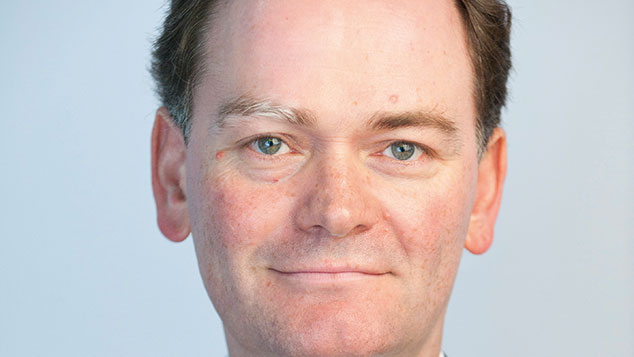
Mark was born in 1969, the son of noted investor Jim. After graduating from Cambridge he briefly worked for Société Générale before becoming a financial journalist and editing his father’s book, The Zulu Principle.
Two years later he would found Slater Investments with Ralph Baber, which manages client accounts and pooled funds. He currently manages three funds: Slater Recovery (since 2003), Slater Growth (2005) and Slater Income (2011). Between 1999 and 2014 he also ran the MFM Bowland fund.
What is his strategy?
Slater buys growth stocks that he thinks are underpriced. He follows a three-stage process that first looks for companies with above average growth rates and then eliminates any that he thinks are too expensive – rarely going beyond a p/e of 20.
Finally, he checks to see whether the growth rates are likely to continue in the medium term. Like his father, he is a big fan of the PEG ratio (price/earnings divided by the growth rate). His portfolios tend to be relatively concentrated as companies that meet all three criteria are rare.
Did this work?
All Slater’s four main funds have been successful. His Bowland fund returned 6.7% between 1999-2014, compared with 4.5% for the FTSE. Similarly, both his Income and Recovery funds have beaten the market by around 2% a year.
However, the MFM Growth Fund has turned in the most spectacular performance: it has returned 397.2% since June 2005, compared with 135.4% for the FTSE. This works out to an average annual return of 14.1% – nearly double the FTSE’s return of 7.3% a year.
What were his biggest successes?
In March 2009, Slater bought into energy company Cape because he felt that it was undervalued, trading at less than half its annual earnings due to fears it would go bankrupt. He then increased the fund’s holding, at one point owning 9% of the company.
After the price rocketed from 17p to 570p, he began selling his holdings, making 25 times his overall investment. Another big winner has been Domino’s Pizza Group, which made him more than 2,000% in ten years.
What lessons are there for investors?
Growth investing isn’t complicated – just find fast-growing firms that aren’t too expensive. However, as only 5%-10% of companies meet both criteria, you have to do a lot of searching to find them. Once you find such great firms, hold onto them. Slater’s average holding period tends to be around five years.